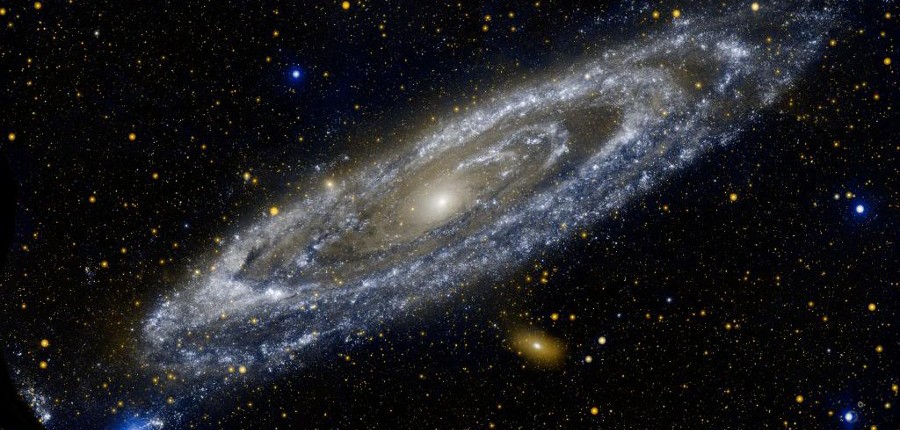Over at Triton Station, Stacy McGaugh has a series of posts on the recent, and ongoing, successful predictions of MOND at the galactic scale, beginning with the December 31, 2020 post, 25 Years A Heretic, which provides an excellent historical overview of the situation. It is thankfully, solidly couched in empirical observations.
The last two posts in the Comments section of the linked post are by Apass and Phillip Helbig. I had intended to reply to them in a timely fashion but by the time I got around to it the Comment section was closed. Following are the replies I intended to post:
@Apass,
… through what mechanism would this new disk model give rise to the EFE felt by a satellite galaxy isolated by tens of thousands of light years where you cannot invoke anymore viscosity-like effects?
Given that the mechanism through which gravity causes its effects is generally unknown, that’s an odd question. If a theoretical model of disk dynamics limning the mass distribution replicated MOND’s success in describing the rotational curves, I would be surprised if it didn’t also account for the EFE. After all, satellite galaxies are not, by definition, gravitationally isolated from their host galaxy.
The fact that DM didn’t predict the EFE is probably a function of the fact that DM doesn’t successfully predict anything except itself. It is always deployed, as a patch to a failure of an implementation, on significantly larger scales, of the standard gravitational model of the solar system. If the EFE holds up, which I expect it will, there will likely be a concerted effort to post-dict it with DM. This would present an existential problem to the SMoC proponents however, as the EFE overturns the unprincipled Strong Equivalence Principle.
The SEP is not an expression of empirical fact, the way the weak principle of equivalence is (the equality of inertial and gravitational mass); it is little more than an idle conjecture of mathematical convenience, adopted mid-twentieth century, right at the onset of the post-Einsteinian revision of General Relativity.
The SEP is not foundational to the SMoC, but it is well integrated into the mindset of its practitioners and has consequences for the theoretical “study” of theoretical entities like black holes and multibody systems like galaxy clusters. Dispensing with the SEP would, for one thing, mean that cosmologists could now stop believing, contrary to the empirical evidence and GR prediction, that the speed of light in a vacuum is a universal constant.
@Phillip Helbig
Note that in the standard cosmological model, only 1920s cosmology is used. Despite the huge amount of high-quality data now available, classical cosmology needs nothing beyond what was known about relativistic cosmology in the 1920s.
Well yes, and that’s why we need a 21st century cosmology with, shall we say, more realistic underpinnings. I really don’t understand why anyone would think clinging to the naive and dubious assumptions of 100 years ago is a scientifically sound approach, especially given the manifest failures of the current model. I understand that the SMoC is graded on the curve, with negative empirical results deeply discounted in favor of theoretical requirements – but still, the model’s defining structural elements all lie totally in the realm of the empirically undetected.
The fact that there appears to be absolutely no interest in revisiting the standard model’s foundational assumptions, even as an exercise in intellectual curiosity, says nothing good about the socio-economic incentives of the modern scientific academy. The Big Bang model is the best possible you say? I would agree, but only with the caveat that it is only so in the context of the model’s essentially pre-modern assumptions. As soon as those are jettisoned, the big bang creation myth will almost certainly become nothing more than a historical curiosity.
